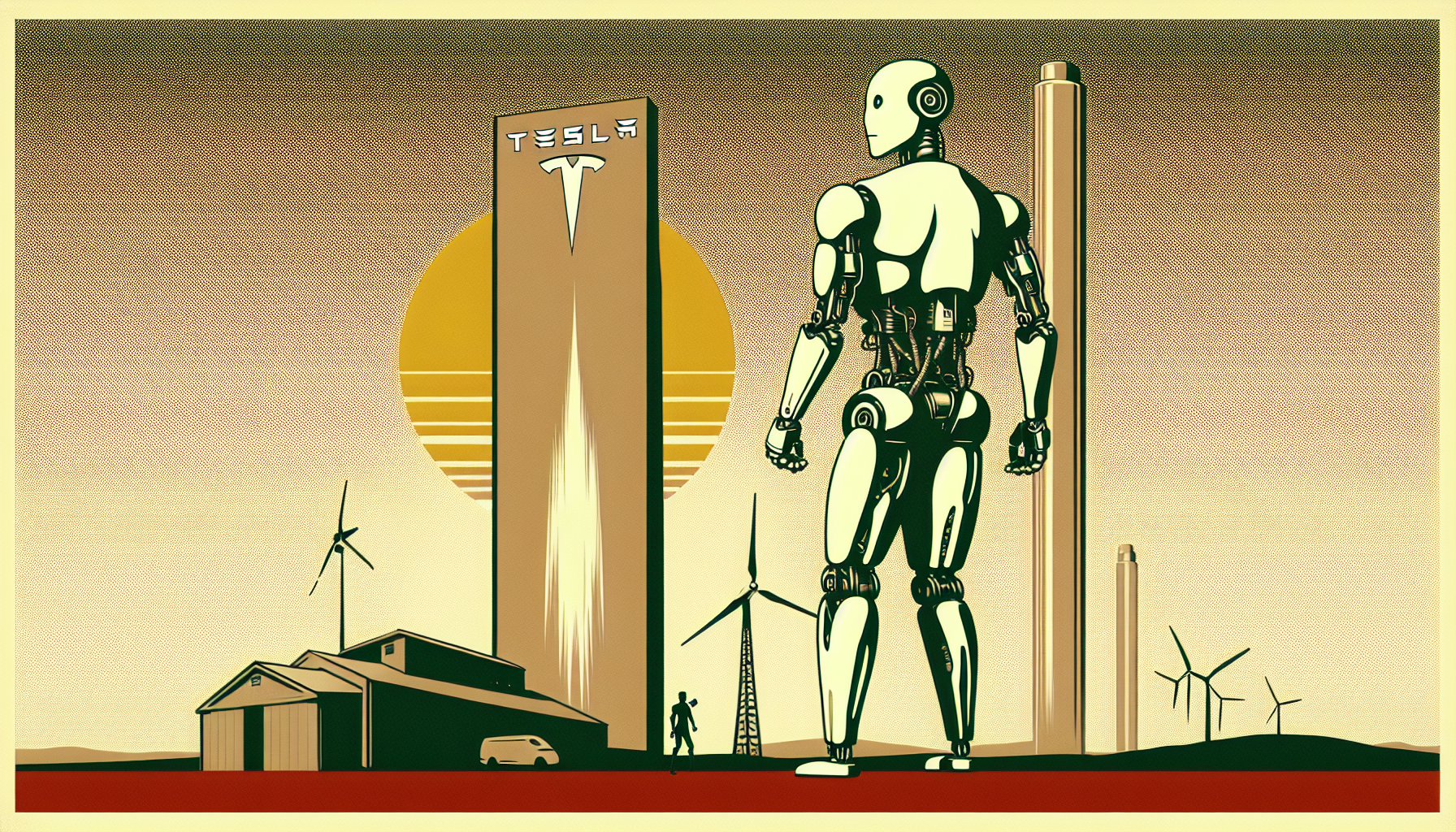Tesla has introduced remarkable upgrades to its humanoid robot, Optimus. The latest generation, Optimus Gen 3, is more agile, aware, and capable than ever before. This development signals a major move for Tesla—expanding beyond electric cars and bringing advanced robotics powered by artificial intelligence into the real world.
A Leap Forward in Dexterity and Movement
Optimus Gen 3’s physical abilities have taken a clear leap. The robot can now balance with ease, catch objects in mid-air, and even thread a sewing needle—tasks that require both precision and quick responses. In a striking display, Optimus performed synchronized dance movements, a dramatic improvement from early models that could barely walk at Tesla’s AI Day in 2022.
Understanding the World in Real Time
The robot sees through eight specialized cameras that feed video into a powerful AI brain. This system, based on the same advanced technology used in Tesla’s Full Self-Driving (FSD) cars, analyzes volume and depth at 100 times per second. It quickly builds a rich, three-dimensional picture of its surroundings. This data flows to the robot’s motion control system—making sure Optimus moves smoothly and safely.
Tesla has managed to cut the reaction time from what the robot “sees” to when it “acts” in half compared to the last model. This delay is now only about 23 milliseconds, faster than a blink of an eye.
A New Way to Learn
A powerful breakthrough in learning sets Optimus Gen 3 apart. Earlier robots required engineers to guide them step by step—a slow and hands-on process. Now, Optimus learns largely on its own, just by watching video footage. For example, it mastered folding T-shirts after observing only 45 minutes of first-person video. This approach cuts human teaching time by around 70%. With each new skill, the robot becomes more adaptable and self-sufficient.
Built for Endurance and Practical Use
Optimus Gen 3 is designed for real work. The frame weighs about 125 pounds (57 kilograms), making it light enough to be efficient yet strong. Its body contains 40 finely tuned actuators that provide precise control over movement. Powering the robot is a 2.3 kilowatt-hour battery built into its spine. This enables the robot to work for around 8 hours on mixed tasks, or walk continuously for about 4.5 hours on a single charge.
Production Plans and Challenges
Tesla aims to manufacture around 5,000 Optimus robots in 2025, with plans for even greater scale in the future. However, this goal faces real challenges. Limited supplies of special materials and ongoing engineering tests may slow production, especially given global uncertainties. Tesla wants to price Optimus between $20,000 and $30,000—making it more attainable than many other robots on the market and closer to the cost of today’s cars. Whether Optimus will deliver enough value to justify these costs in real-world factories and warehouses remains to be proven.
The Vision: Uniting AI and Robotics
Optimus is more than a piece of hardware. It represents Tesla’s commitment to using artificial intelligence—not just for driving cars, but for enabling machines to see, plan, and act in complex human environments. The hope is that Optimus and robots like it will one day take on dangerous, repetitive, or dull tasks in factories and logistics centers, freeing people for more meaningful work. This unified approach, where a single system handles perception, decision-making, and movement, points to a future where intelligent machines serve alongside people at scale.
Optimus Gen 3 Highlights
| Feature | Details |
|---|---|
| Physical Abilities | Balancing, catching objects, threading needles, dancing |
| Perception & Processing | 8 cameras, transformer neural networks, 100Hz 3D scene mapping |
| Latency | 23 milliseconds—visual input to movement command |
| Learning Method | Self-supervised from video (reduces teaching time by 70%) |
| Hardware Specs | 125 lb frame, 40 actuators, 2.3 kWh battery |
| Operation Duration | 8 hrs mixed tasks, 4.5 hrs walking |
| Production Target 2025 | 5,000 units (ambitious, with supply risks) |
| Target Cost | $20,000–$30,000 at scale |
Tesla’s Optimus Gen 3 stands as a symbol of what’s possible when deep learning and robotics come together. Its progress hints at a future where intelligent, adaptable machines can help shape safer, more efficient workplaces—and makes clear Tesla’s vision for the next era of AI.

Leave a Reply